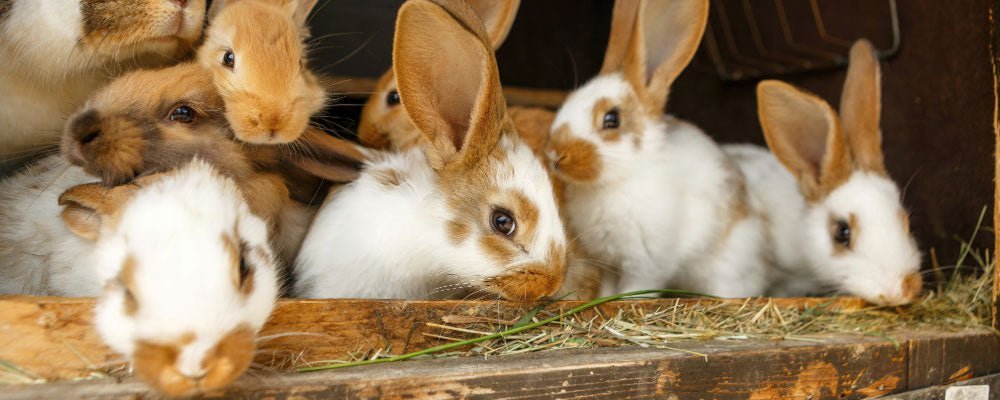
Which rabbit should I choose as a pet?
Why keep rabbits as pets?
Raising rabbits as pets is super popular in the UK as they can easily be raised in any type of environment, whether it be country, suburb, or city, and they fit easily into most family settings.
But, the most important reason is that a rabbit makes a friendly family pet, a good size animal for children as well as adults to care for and is relatively low maintenance.
In addition, it doesn't take a lot of money to get started with rabbits, so will fit into most family budgets. Although proper equipment con- tributes to the success of raising rabbits, it is more important for equipment to be functional than fancy.
Which rabbit should I choose as a pet?
There is an unusually broad range of choices for rabbits and much depends on availability and you can need to check if your chosen breed is raised in your area.
If you select a breed that is popular locally, you will have a greater choice of quality rabbits.
The cost of animal is also a factor as you will find that some breeds command higher prices than others.
Another factor to consider is breed size as this affects overall costs since larger rabbit breeds need larger housing and consume more feed.
Finally, you need to consider how easy you want it to be and the amount of care you are willing to dedicate to your rabbit. For example, angora rabbits must be groomed daily and take more time than other breeds. Other breeds, such as Netherland Dwarfs and Holland Lops, can be difficult to raise.
So, after you have evaluated your own needs and preferences, you'll want to select a breed, locate breeders with stock for sale, and then visit a rabbitry to choose your rabbit.
Any breed may be kept as a pet, but if you want to raise rabbits primarily to sell as pets, you are wise to consider some of the smaller breeds. These include:
- Netherland Dwarf Rabbits
- Dutch Rabbits
- Mini Lop Rabbits
- Holland Lop Rabbits
How many rabbits do you want as pets?
Whether you are looking for a pet or want to start a small rabbit business, you may want to begin with one rabbit. This allows you to experience both the fun and the work that goes with keeping rabbit.
Then, if you enjoy caring for one rabbit, you can get more rabbits as time goes on? Some new rabbit owners who intend to start a breeding program choose to start with more than one. A reasonable number to begin with is three rabbits, consisting of one buck (male) and two does (female), known as a trio.
Whatever number of rabbits you begin with, remember that each rabbit will need its own cage. Don't purchase more animals than you are able to care for properly.
How to pick up and carry rabbits?
The best way to pick up a rabbit is to place one hand under it just behind its front legs and is sometimes called a “football hold”. Place your other hand under the animal's rump.
Lift with the hand that is by the front legs and support the animal's weight with your other hand. Then, place the rabbit next to your body with its head directed toward the corner formed by your elbow.
Your lifting arm and your body now support the rabbit – a bit like tucking a football against you. Your other hand is free and can rest on the rabbit's back for extra security. Place the animal gently back on the table and repeat this lift.
To help your rabbit become comfortable with being carried, practice handling skills often, but for short periods of time of say 10 to 15 minutes at a stretch.
Sometimes an overactive or frightened bunny will struggle and get out of control. When this happens, drop to one knee as you work to quiet your rabbit. This is because lowering yourself to one knee lessens the distance the rabbit has to fall and provides a more secure base for a frightened rabbit.
You can also easily set the animal on the ground from this position, if necessary. After it's had a short rest on the ground, carefully and securely lift the rabbit again.
Remember, even the most mild-mannered rabbit can have a bad day, so be prepared to handle any situation in a calm, controlled manner. If your rabbit starts to struggle while you are holding it, drop to one knee.
How to turn your rabbit over?
After you master the lifting and carrying your rabbit, then next you will want to learn how to turn it over. This is useful to better observe its teeth, its toenails, and its sex as you can't see everything about a rabbit just by looking at the top!
Turning a rabbit over puts the animal into a very unnatural position, which it most certainly doesn’t enjoy, so only do it when necessary.
First, its feet are off the ground so it cannot run away, and second, to make matters worse from its point of view, its underside is now exposed. A wild rabbit in this position is probably one that is about to be eaten by a predator!
Your rabbit has good reason to resist this type of handling, so be especially careful and patient. Practice turning your rabbit over back at the table where you first learned how to lift and carry it. Again, you will want a rug on the table and wear a long-sleeved shirt.
To turn the rabbit, use one hand to control the head and the other hand to control and support the hindquarters. Place the hand that holds the rabbit's head so that you are folding its ears down against its back, while you reach around the base of the head.
Alternatively, if you prefer, you can place your index finger between the base of the rabbit's ears and then wrap your other fingers around toward its jaw. With your other hand, cradle the rump.
Now that your hands are in place, lift with the hand that is on the head and at the same time roll the animal's hindquarters toward you. Try to do this movement in a smooth, unhurried manner.
If your rabbit cooperated, you will now be able to let the table support its hindquarters. This will free the hand that was holding the rump to check other things, such as the teeth and toenails.
If your rabbit fights against this procedure, it is showing you that this is not its first choice of positions. Keep trying, but be sure to do so in a place where the rabbit hasn't far to fall, and try to support it securely.
Your rabbit can injure itself if it struggles and falls, so if you need to turn your rabbit over for a closer look and no table is handy, let the animal rest on your forearm instead of on the table.

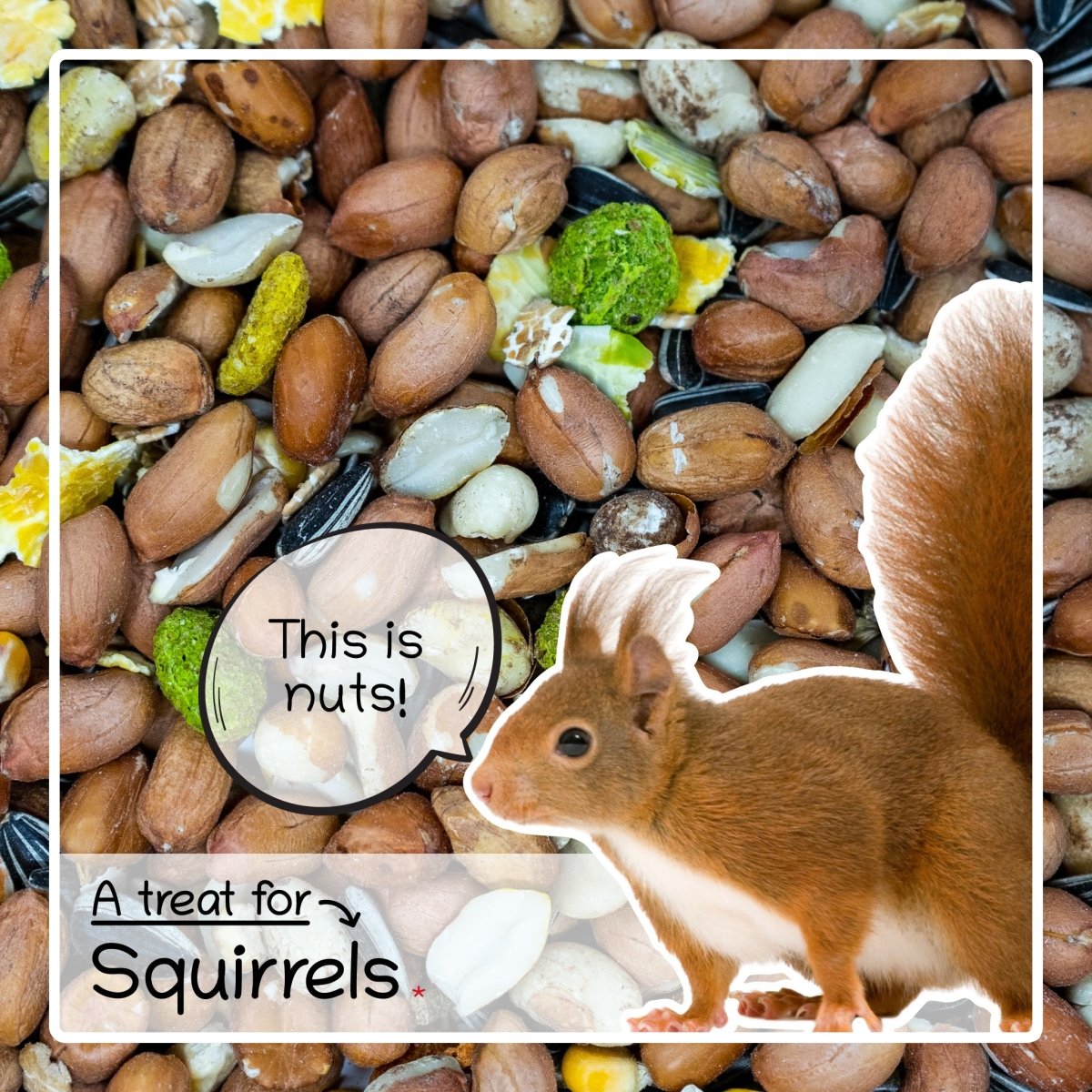
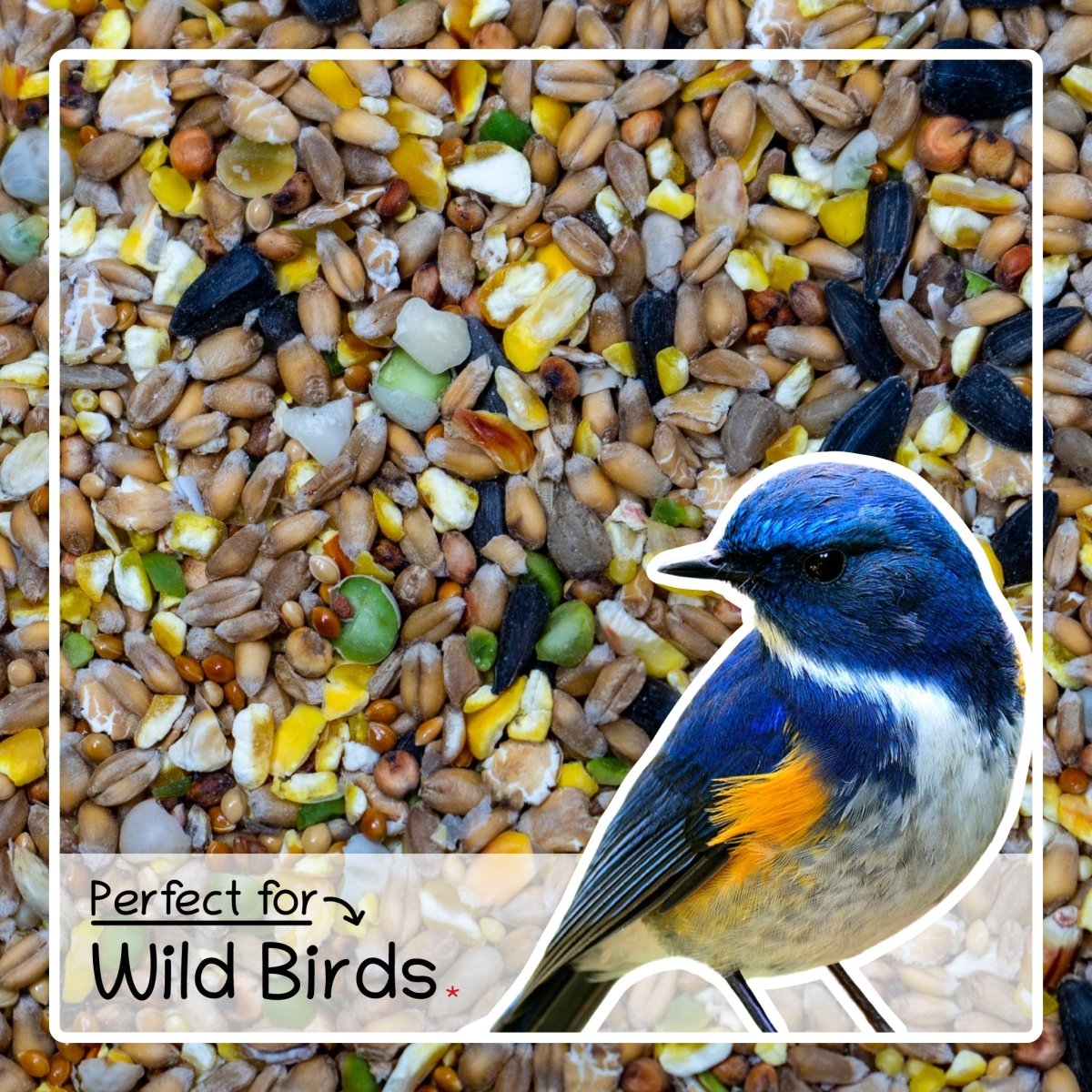

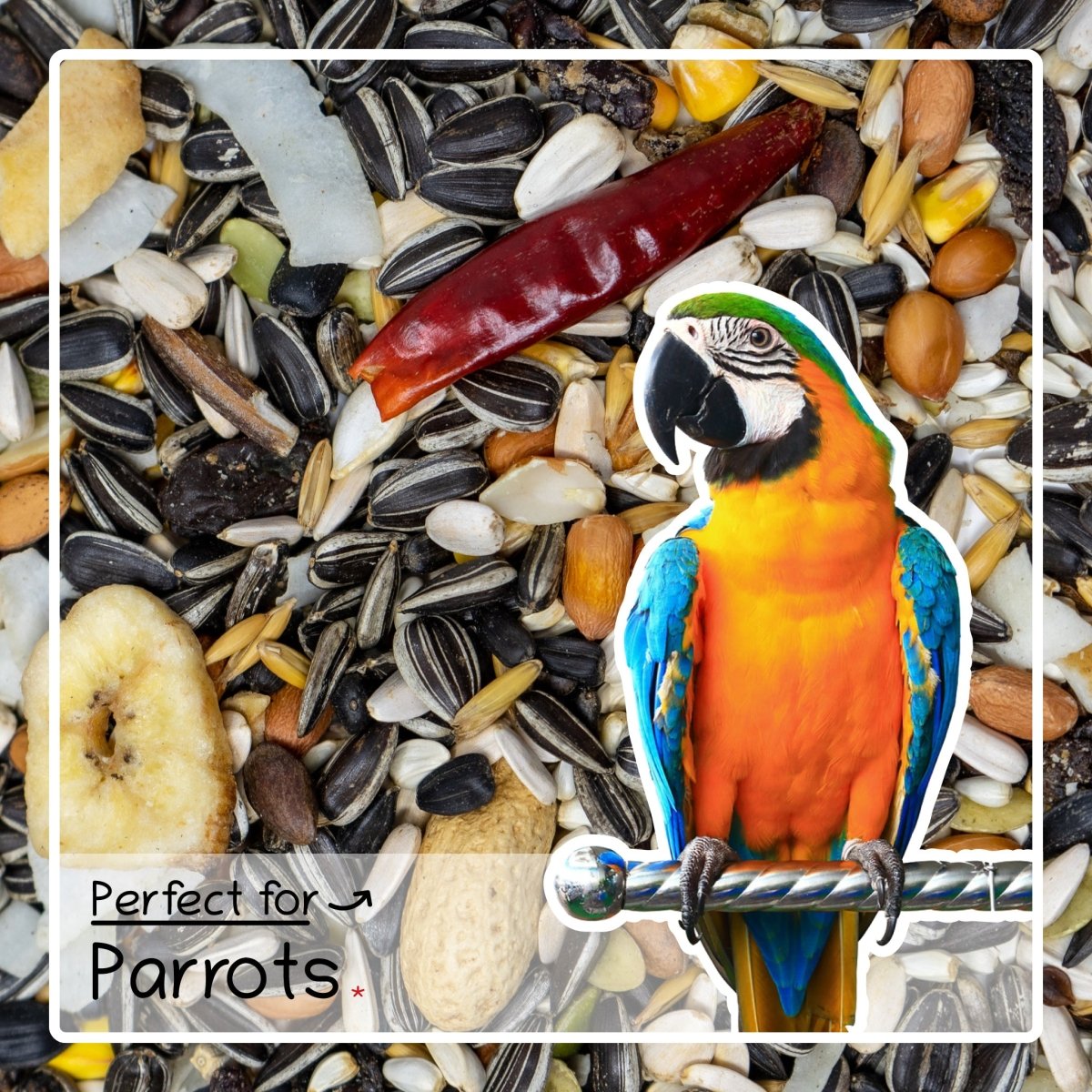
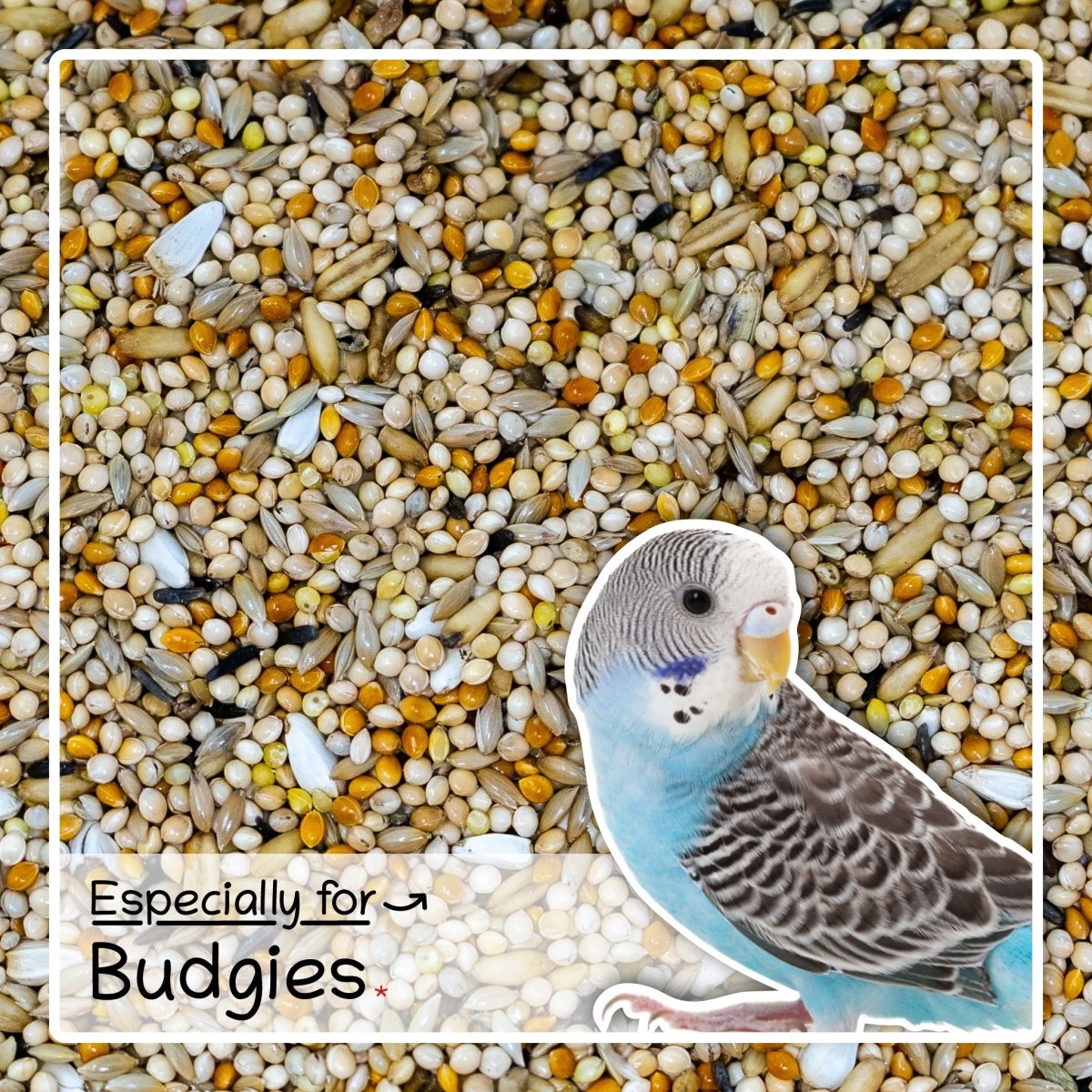
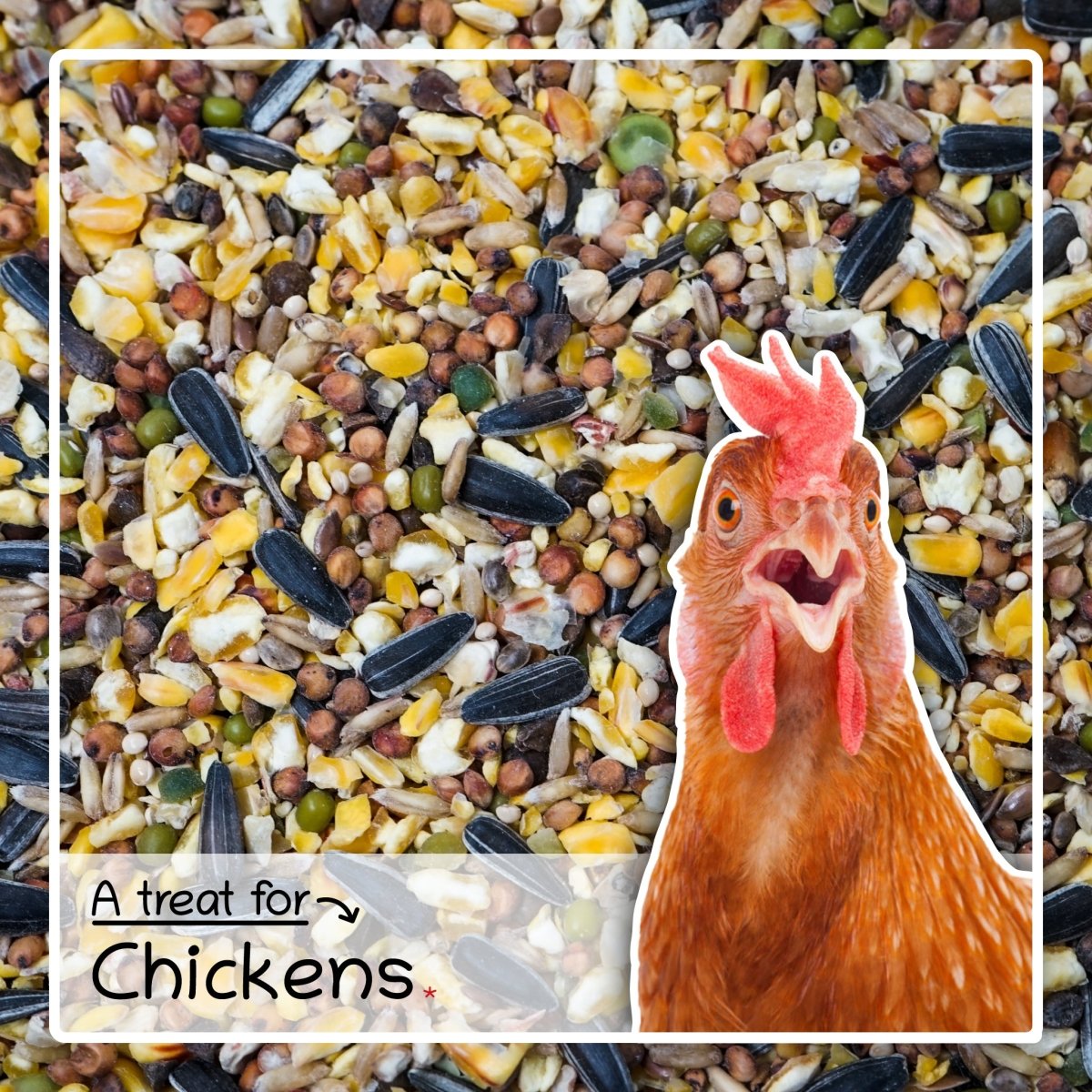
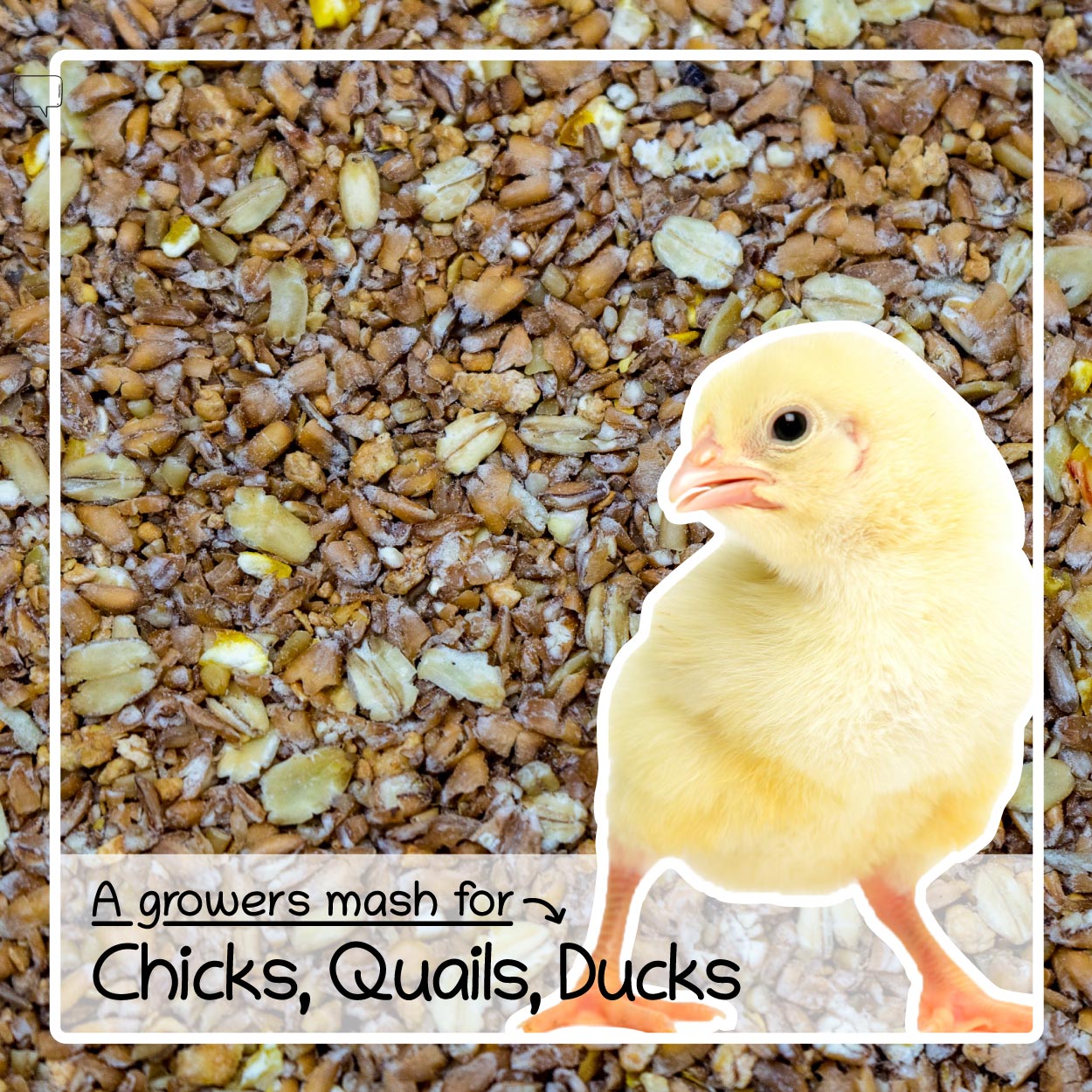
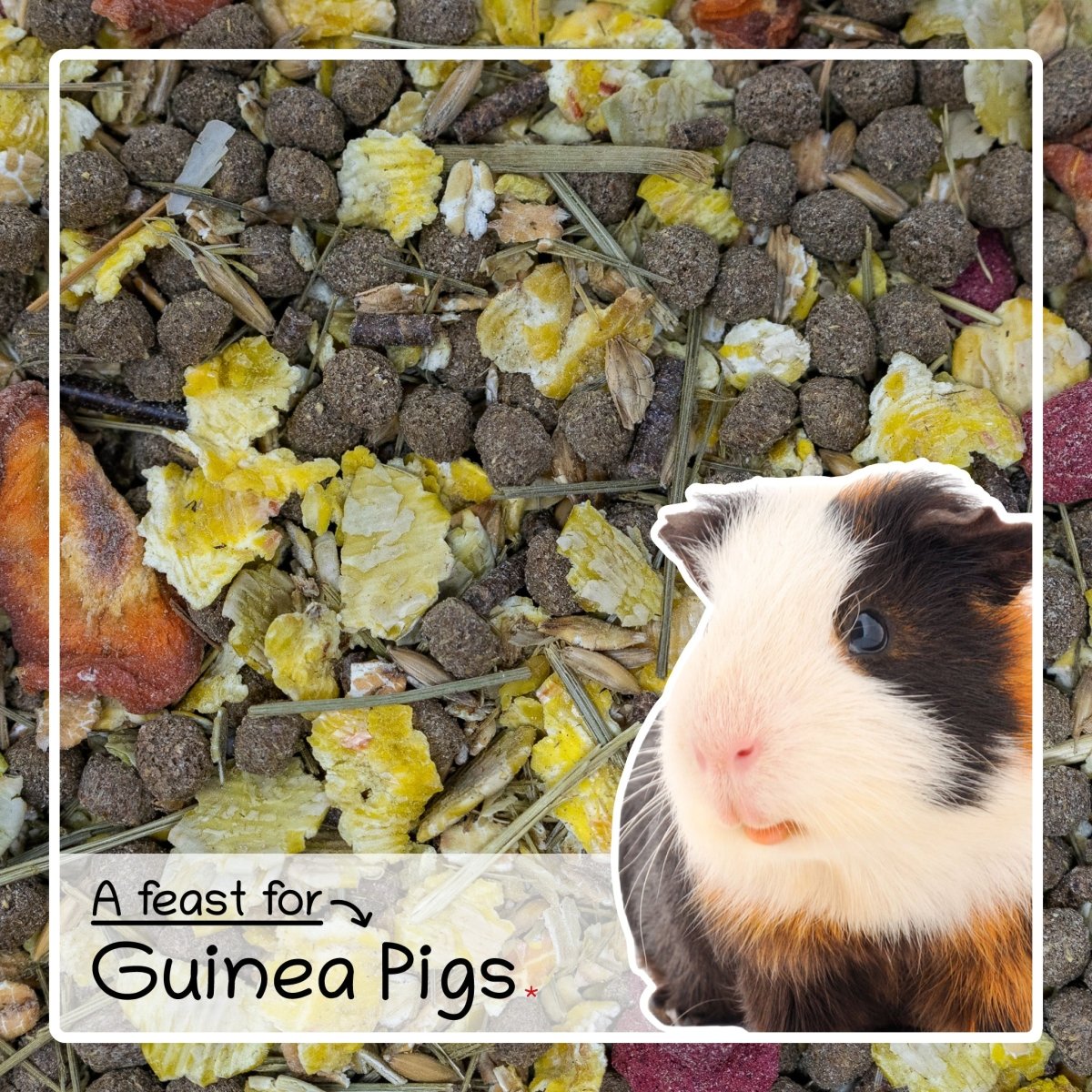

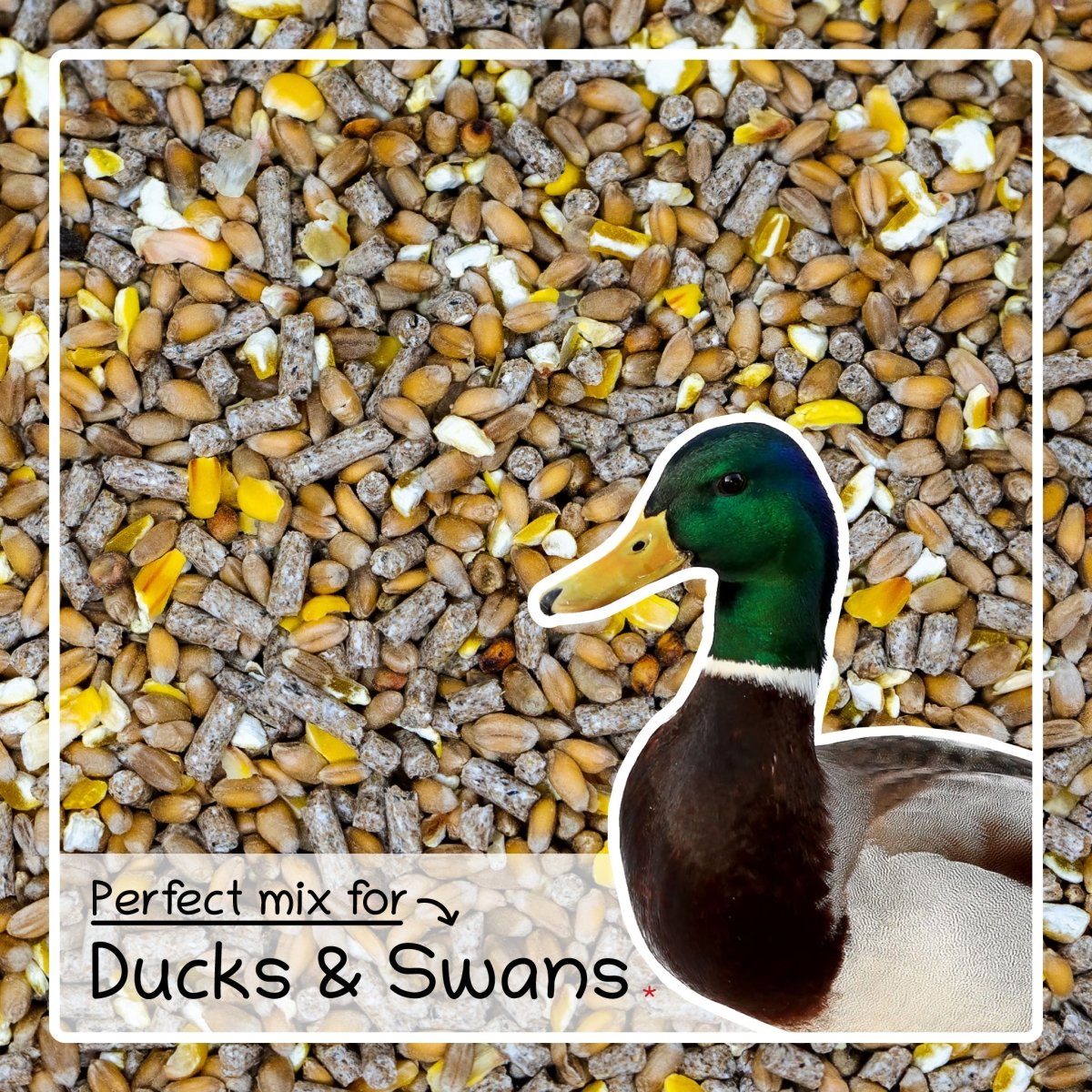




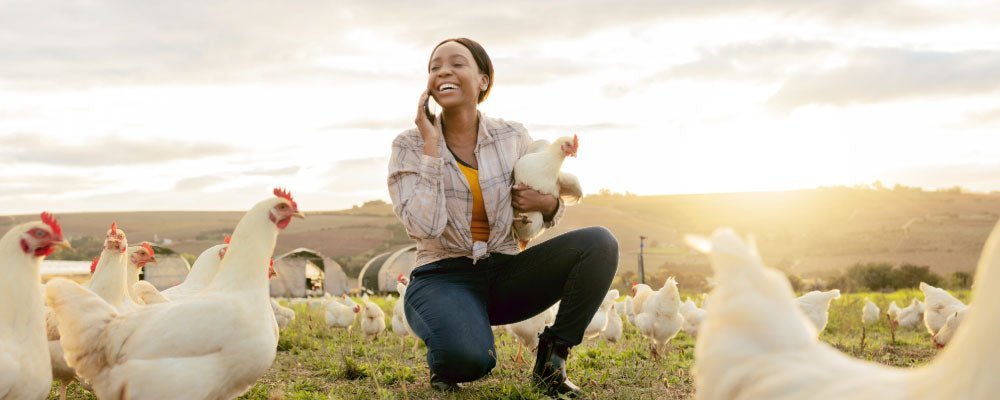

Leave a comment
This site is protected by hCaptcha and the hCaptcha Privacy Policy and Terms of Service apply.